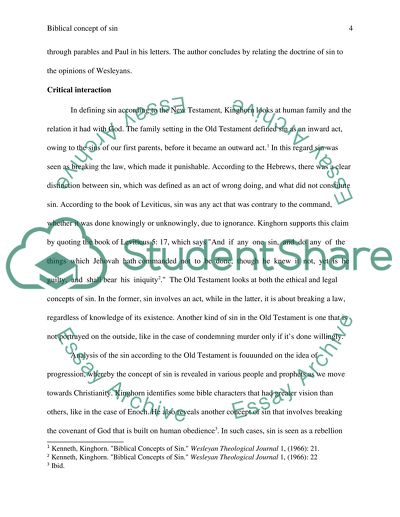Cite this document
(“Biblical Concept of Sin Article Example | Topics and Well Written Essays - 750 words”, n.d.)
Retrieved from https://studentshare.org/religion-and-theology/1456872-biblical-notions-of-sin
Retrieved from https://studentshare.org/religion-and-theology/1456872-biblical-notions-of-sin
(Biblical Concept of Sin Article Example | Topics and Well Written Essays - 750 Words)
https://studentshare.org/religion-and-theology/1456872-biblical-notions-of-sin.
https://studentshare.org/religion-and-theology/1456872-biblical-notions-of-sin.
“Biblical Concept of Sin Article Example | Topics and Well Written Essays - 750 Words”, n.d. https://studentshare.org/religion-and-theology/1456872-biblical-notions-of-sin.


